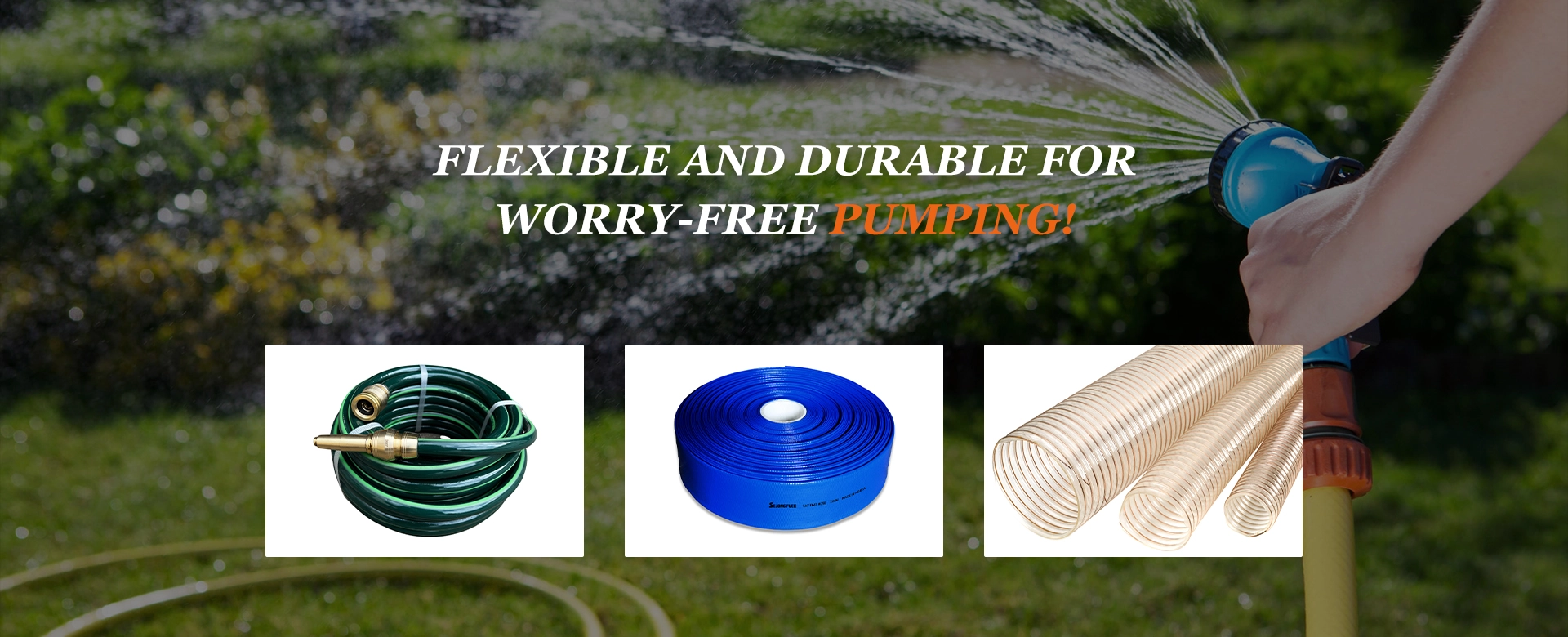layflat hose sizes
Understanding Layflat Hose Sizes A Comprehensive Guide
Layflat hoses are versatile and essential tools used in various industries, including agriculture, construction, and firefighting. Their design allows for easy transportation and storage when not in use, making them an excellent choice for fluid transfer applications. One of the critical factors to consider when choosing a layflat hose is its size, which can significantly affect its performance and efficiency. In this article, we will explore layflat hose sizes, their characteristics, and how to select the right size for your specific needs.
What is Layflat Hose?
Layflat hose, often referred to as flat hose, is a type of flexible hose that can be flattened for easy storage. It is made from durable materials such as PVC, polyurethane, or rubber, which provide a lightweight yet strong solution for transporting water or other fluids. Layflat hoses are designed to handle significant pressures, making them suitable for various applications, from irrigation to industrial uses.
Common Sizes of Layflat Hoses
Layflat hoses come in a wide range of diameters, typically measured in inches
. The most common sizes include- 1 inch (25mm) Ideal for low-flow applications, such as small-scale irrigation or draining water from small areas. - 2 inches (50mm) Commonly used in residential and light commercial applications, this size is suitable for garden hoses and washing applications. - 3 inches (75mm) This size is versatile, often used in agriculture for transferring water over moderate distances. - 4 inches (100mm) A popular choice for firefighting and construction applications where higher flow rates are required. - 6 inches (150mm) Used primarily in industrial applications and large-scale irrigation, this size can handle significant volumes of fluid. - 8 inches (200mm) and above Suitable for large-scale irrigation, flood control, and industrial applications where the transport of large quantities of water is necessary.
Factors to Consider When Choosing Layflat Hose Sizes
1. Flow Rate The required flow rate is a primary consideration when selecting a layflat hose size. Measure the volume of fluid you need to transfer and identify the hose size that can accommodate that flow without causing excessive pressure loss.
layflat hose sizes

2. Length of Hose Longer hoses can increase friction losses, which may require a larger diameter to maintain the desired flow rate. It's essential to ensure that the hose size matches the distance it needs to cover.
3. Pressure Rating Each layflat hose size comes with a specific pressure rating, indicating the maximum pressure that the hose can handle. Ensure that the hose size you choose can withstand the pressures typical for your application.
4. Fluid Type Consider the type of fluid you will be transferring. Some fluids might require specific hose materials to prevent degradation, which can also influence the sizing decision.
5. Storage Space Layflat hoses are known for their space-saving design, but larger diameter hoses may still require more storage room. If space is a concern, evaluate how much room you have available for storing the hoses when not in use.
6. Environment The operating environment, including temperature and exposure to chemicals, can also influence the choice of the hose size and material.
Conclusion
When it comes to layflat hoses, understanding sizes is crucial for ensuring effective fluid transfer in your specific application. By considering flow rates, pressure requirements, and environmental factors, you can select the most suitable hose size. Whether you are using a hose for irrigation, construction, or any other fluid transfer needs, making an informed decision about size will help enhance efficiency and performance.
Always consult with suppliers or experts if you have any doubts or require tailored recommendations for your unique scenario. Investing the time to choose the right layflat hose size will ultimately save you time and resources in the long run, making your operations more effective and manageable.
-
Top Quality Oxy Acetylene Hoses for Sale Fit for Welding DemandsNewsJul.28,2025
-
The Future of Pneumatic Air Tubes in IndustryNewsJul.28,2025
-
Superior and Reliable LPG Hose Pipe Solutions for Every NeedNewsJul.28,2025
-
Exceptionally Durable and Versatile Premium Braided PVC TubingNewsJul.28,2025
-
Best Adapters for Connecting Garden Hose to PVC Pipe ConnectionsNewsJul.28,2025
-
The Essential Role of LPG Hoses in Safe and Efficient Gas DistributionNewsJul.16,2025














